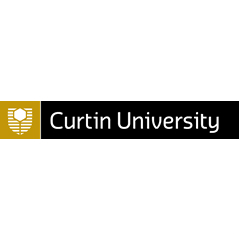Full description
We developed clinical guidelines for the management of bone health in Rett syndrome through evidence review and the consensus of an expert panel of clinicians. An initial guidelines draft was created which included statements based upon literature review a nd 11 open-ended questions where literature was lacking. Of the 62 clinicians who were contacted, 45 (72.6%) agreed to participate in the study, ten did not respond and seven declined to participate. Thirty-eight (84.4%) of the 45 who agreed to participate provided data. Eleven (29%) were paediatric neurologists, six (15.8%) adult endocrinologists, five (13.2%) clinical geneticists, four (10.5%) pediatricians, three (7.9%) physiotherapists, two (5.3%) pediatric endocrinologists, two (5.3%) dieticians, two (5.3%) gastroenterologists, one (2.6%) nurse, one (2.6%) was a pediatric orthopaedic surgeon, and one (2.6%) was a radiologist. Participant locations were as follows; 17 (44.7%) United States of America, four (10.5%) Australia, three (7.9%) from Sweden and Israel, two (5.3%) from Denmark, Italy, Canada and one (2.6%) from France, Austria, Japan, Spain and the United Kingdom. The international expert panel reviewed the draft online using a 2-stage Delphi process to reach consensus agreement. Items describe the clinical assessment of bone health, bone mineral density assessment and technique, and pharmacological and non-pharmacological interventions. Agreement was reached on 39 statements which were formulated from 41 statements and 11 questions. When assessing bone health in Rett syndrome a comprehensive assessment of fracture history, mutation type, prescribed medication, pubertal development, mobility level, dietary intake and biochemical bone markers is recommended. A baseline densitometry assessment should be performed with accommodations made for size, with the frequency of surveillance determined according to individual risk. Lateral spine x-rays are also suggested. Increasing physical activity and initiating calcium and vitamin D supplementation when low are the first approaches to optimizing bone health in Rett syndrome. If individuals with RTT meet the ISCD criterion for osteoporosis in children, the use of bisphosphonates is recommended. A clinically significant history of fracture in combination with low bone densitometry findings is necessary for a diagnosis of osteoporosis. These evidence and consensus-based guidelines have the potential to improve bone health in those with Rett syndrome, reduce the frequency of fractures, and stimulate further research that aims to ameliorate the impacts of this serious comorbidity. Subjects
Health |
Medical and Health Sciences |
Public Health and Health Services |
Rett syndrome |
Specific Population Health (Excl. Indigenous Health) |
bone health |
clinical guidelines |
User Contributed Tags
Login to tag this record with meaningful keywords to make it easier to discover
Identifiers
- DOI : 10.4225/06/5697464CB9EE4



